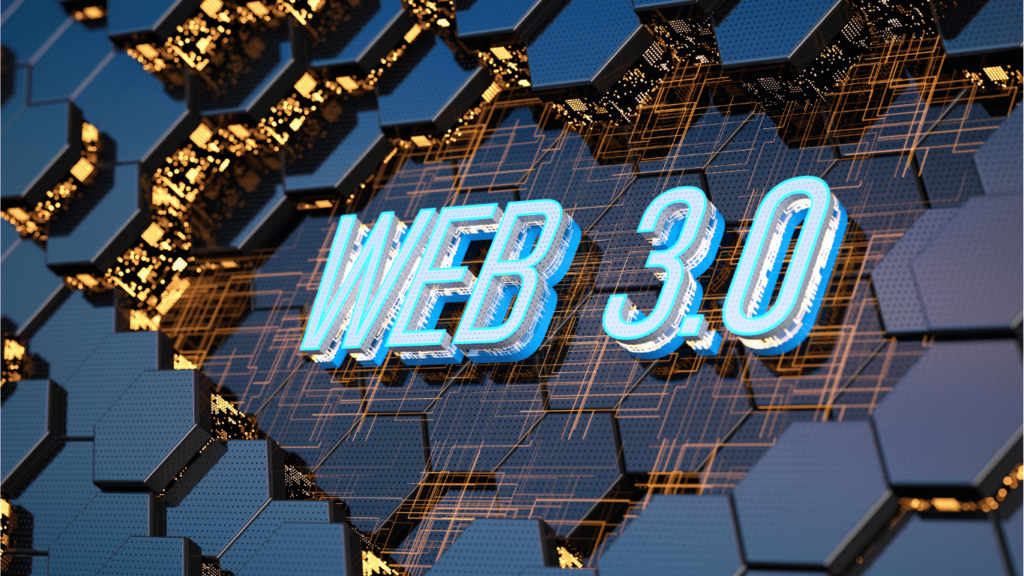When most people hear “blockchain,” they immediately think of cryptocurrencies like Bitcoin or Ethereum. But blockchain is so much more than digital coins. Its potential stretches far beyond finance, quietly transforming industries in ways many don’t even realize.
Understanding Blockchain Technology
Blockchain, at its core, is a decentralized ledger that securely records transactions across multiple nodes in a network. It’s designed to ensure transparency and trust without relying on central authorities.
Key Features of Blockchain
1. Decentralization
Transactions are validated by a distributed network of nodes, eliminating the need for intermediaries. For instance, in supply chain management, every participant can access the same real-time data without depending on a single source.
2. Transparency
All transactions are visible to authorized participants. In healthcare, medical records stored on blockchain provide patients and providers with a clear and accessible audit trail.
3. Immutability
Once recorded, data can’t be altered, bolstering data integrity. This feature is critical in legal contracts or financial auditing, ensuring trust in the records.
4. Security
Data encryption and consensus mechanisms protect information from unauthorized access and tampering. For example, in voting systems, blockchain reduces the risk of fraud by securing voter identities and tallies.
How Blockchain Differs From Traditional Systems
1. Centralized vs. Decentralized
Traditional systems rely on central authorities to validate and store data, whereas blockchain distributes these tasks across peer nodes, increasing fault tolerance.
2. Data Storage
Conventional databases use CRUD operations (create, read, update, delete) to manage data. Blockchain uses append-only ledgers, where data is added in sequential blocks with timestamps.
3. Trust Mechanism
Traditional systems depend on intermediaries for trust. Blockchain replaces these intermediaries with cryptographic algorithms and consensus protocols, reducing vulnerabilities associated with centralized control.
4. Cost Efficiency
While traditional systems often incur intermediary and processing fees, blockchain reduces these costs by automating verification processes within the network. For instance, cross-border payments benefit from lower transaction fees.
Supply Chain Management

Blockchain transforms supply chain management by increasing transparency, reducing fraud, and enhancing operational efficiency. Its decentralized and tamper-proof nature ensures data integrity across complex global networks.
Improving Transparency and Traceability
Blockchain simplifies tracking by providing a shared, immutable ledger. Every transaction, from raw material sourcing to final product delivery, gets recorded in real time. For example, retailers verify food origins to ensure compliance with safety standards. It eliminates inefficiencies caused by fragmented systems by connecting all participants under one transparent platform.
Reducing Fraud and Counterfeiting
Blockchain minimizes counterfeiting by enabling product authentication directly on the ledger. Unique digital identifiers for goods, such as:
- luxury items
- pharmaceuticals
ensure a verified, fraud-proof supply chain. By verifying authenticity at every point, businesses reduce losses while protecting consumers from counterfeit goods.
Healthcare Innovations
Blockchain technology is driving significant advancements in healthcare by improving data security, enhancing drug traceability, and fostering trust across the sector. Its decentralized and transparent infrastructure ensures robust solutions to long-standing challenges.
Secure Patient Data Management
Blockchain protects patient data by creating decentralized, immutable records accessible only through authorized keys. This design eliminates the risks tied to central database breaches. For instance, patient information stored on a blockchain ledger can maintain its integrity, ensuring compliance with HIPAA and other data privacy regulations. Additionally, it facilitates seamless data sharing between healthcare providers, enabling better patient outcomes while preserving confidentiality. Estonia’s blockchain-based eHealth system is a notable example of secure, interoperable medical records in action.
Enhancing Drug Traceability
Blockchain prevents counterfeit drugs by enabling end-to-end transparency in pharmaceutical supply chains. Companies like MediLedger use blockchain to authenticate medicines by documenting every step, from manufacturing to distribution, in an immutable ledger. This system ensures that pharmacies and consumers receive genuine products, meeting regulatory compliance and reducing health risks. In addition, blockchain’s real-time tracking capabilities can help identify discrepancies in drug shipments, minimizing fraud and ensuring consistent quality in global supply chains.
Financial Services Beyond Cryptocurrencies
Blockchain technology is driving innovation across financial services, offering solutions that go beyond cryptocurrencies. From cross-border transactions to lending, its decentralized framework is transforming legacy systems.
Streamlining Cross-Border Payments
Blockchain removes intermediaries in cross-border payments, making transactions faster, cheaper, and more secure. Traditional systems often rely on multiple correspondent banks, resulting in delays and high fees. Blockchain, on the other hand, facilitates near-instant settlements by enabling peer-to-peer transactions. Platforms like RippleNet are already connecting banks and payment providers globally, achieving transaction speeds of 3-5 seconds compared to the typical 1-5 business days of traditional methods. Transparent ledgers further reduce the risk of errors or fraud, enhancing trust for users.
Improving Credit Scoring and Lending
Blockchain enhances credit scoring and lending by decentralizing data storage and offering immutable, verifiable records. Traditional credit assessments rely on centralized databases that may exclude unbanked populations. Blockchain enables secure aggregation of alternative data, including bill payments, rental histories, and peer-to-peer transactions. Companies like Bloom use blockchain to create global credit networks, allowing lenders to assess risks more accurately and fairly. Smart contracts also automate lending processes, reducing paperwork, ensuring compliance, and facilitating quick disbursements. These capabilities expand financial inclusion by addressing underserved groups efficiently.
Real Estate and Property Management
Blockchain transforms real estate by streamlining processes, enhancing transparency, and reducing fraud. Its decentralized and immutable nature addresses key inefficiencies in property management systems.
Simplified Property Transactions
Blockchain simplifies buying, selling, and leasing properties by replacing manual processes with automated smart contracts. These digital contracts execute agreements automatically once predefined conditions are met, eliminating delays caused by intermediaries. For instance, platforms like Propy facilitate seamless property transactions by handling payments, title registration, and document storage through blockchain. These features reduce processing times and associated costs, making real estate transactions more efficient.
Combating Fraud in Title Deeds
Fraud in title deeds arises from tampering or duplication of property records. Blockchain tackles this issue by creating secure, immutable records of ownership. Each transaction is cryptographically signed and time-stamped, ensuring its authenticity. For example, countries like Dubai use blockchain-based land registries to prevent forgery and streamline verification. These systems establish reliable ownership trails, reducing the risk of disputes and fraud in property transactions.


 Market Analyst & Trading Strategist
Market Analyst & Trading Strategist

